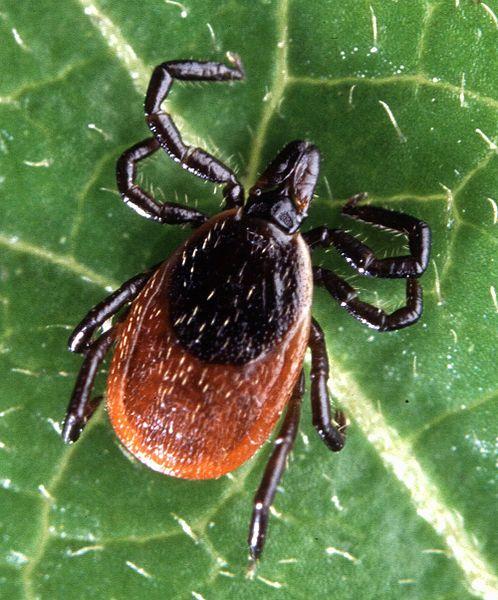Finally, the hats and gloves can be stowed away. The summer is almost here and it's time to get outside and enjoy the weather. But, this year, more than any other year, our time spent outside may not be as worry-free. A recent report by the Centers for Disease Control (CDC) indicated that the number of vector borne diseases (those carried and transmitted by arthropods - insects like ticks, mosquitoes, sandflies and blackflies) has increased over the last 12 years in a dramatic way. (1)
The CDC looked at 9 mosquito borne diseases and one flea borne disease. For mosquito transmission, the most common disease was Zika virus with most of the cases being seen in Puerto Rico. They also analyzed 6 tick borne diseases. The most common tick borne disease was Lyme Disease. The other five are much less talked about and understood. In this article, we will highlight some of the lesser known diseases from the tick borne group, and provide some information in case they happen to cross your path this summer.
Unknown Tickborne Illnesses that are on the rise
Anaplasmosis/Ehrlichiosis - Ehrlichiosis and anaplasmosis are caused by rickettsial-like bacteria. Ehrlichiosis is caused by Ehrlichia chaffeensis and anaplasmosis is caused by Anaplasma phagocytophilum. They are similar to another rickettsia infection named Rocky Mountain spotted fever which also made the CDC list. In fact, symptoms resemble those of Rocky Mountain spotted fever (fever, chills, headache, and malaise) except that a rash is much less common and the onset of symptoms is abrupt.
Babesiosis - Babesiosis is caused by infection with the microscopic parasite Babesia microti that infects red blood cells. Many people who are infected with Babesia microti feel fine and do not have any symptoms. However, some people develop flu-like symptoms, such as fever, chills, sweats, headache, body aches, loss of appetite, nausea, or fatigue and the infection can be life-threatening, particularly in people who do not have a spleen, have a weak immune system (such as cancer, lymphoma, or AIDS), have other serious health conditions (such as liver or kidney disease) or are elderly. Because Babesia parasites infect red blood cells, babesiosis can cause hemolytic anemia (from the destruction of red blood cells).
Powassan virus - There have only been about 100 cases of Powassan virus disease reported in the United States over the past 10 years. Most cases have occurred in the Northeast and Great Lakes region. Signs and symptoms of infection can include fever, headache, vomiting, weakness, confusion, seizures, and memory loss. Long-term neurologic problems may occur. For more on this virus, please read the description written by my colleague, Dr. Josh Bloom.
All of the above diseases are preventable by avoiding tick bites. However, this is easier said than done. These diseases are often transmitted when the tick is in the nymphal stage when it is incredibly difficult to see, something that most people do not appreciate.
The CDC is trying to drive home the point that ticks are incredibly hard to see and therefore extra care should be used when trying to find them on the body. To illustrate this, they published the photo below on social media. In the photo of the poppyseed muffin, the CDC hid five ticks and asked "Can you spot all 5 ticks in this photo?"

Whether you can or cannot, be safe this summer and good luck enjoying the next poppyseed muffin you come across.
For tips on how to stay disease free this summer, please read the advice given by my colleague, Erik Leif, in "Severe Tick Season Starts Now; Key Ways To Avoid Lyme Disease."
Notes:
(1)

Reported cases* of tickborne disease — U.S. states and territories, 2004–2016

Source: Rosenberg R, Lindsey NP, Fischer M, et al. Vital Signs: Trends in Reported Vectorborne Disease Cases — United States and Territories, 2004–2016. MMWR Morb Mortal Wkly Rep 2018;67:496–501. DOI: http://dx.doi.org/10.15585/mmwr.mm6717e1




